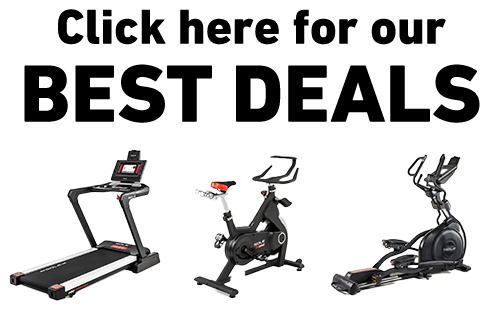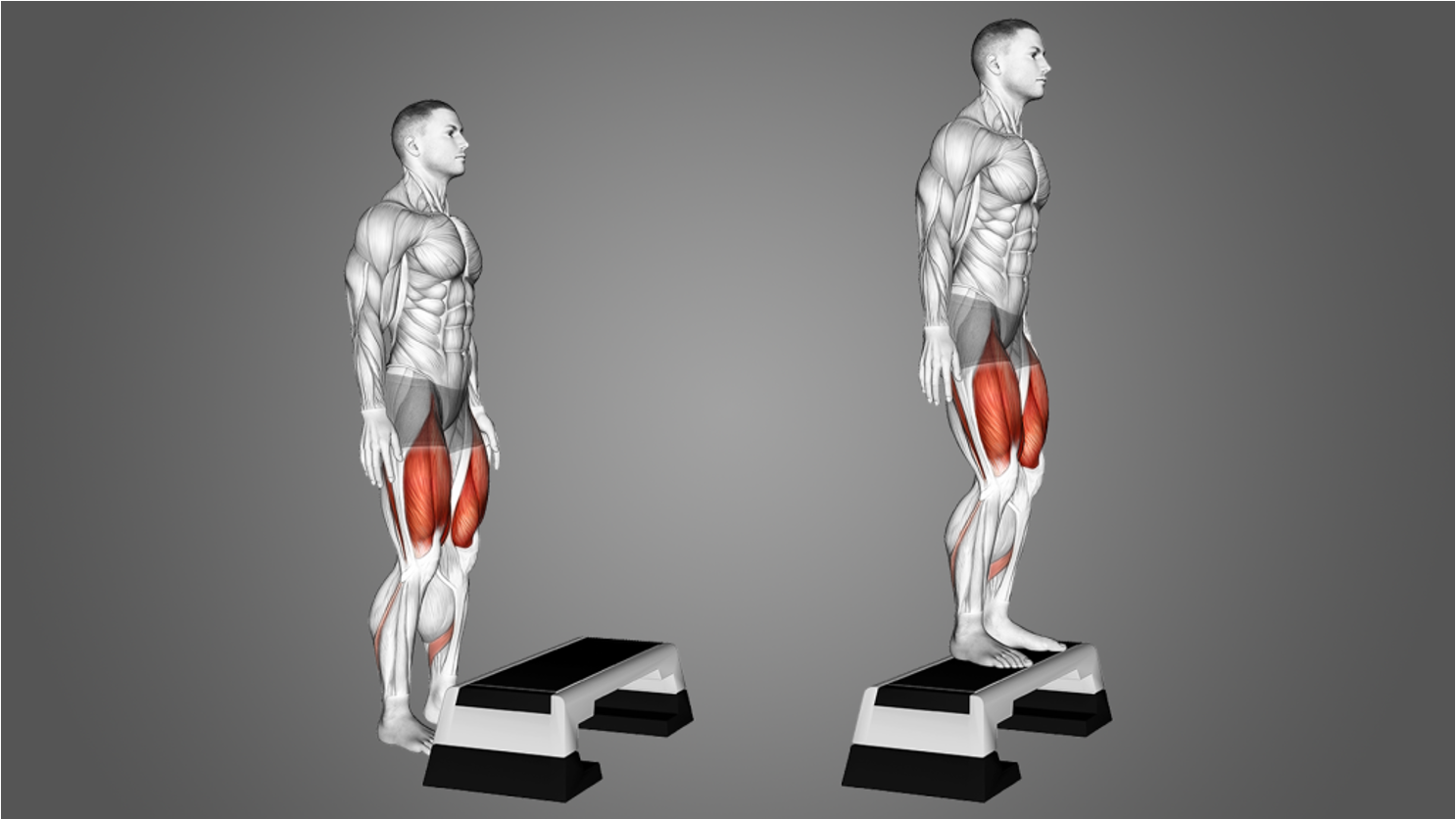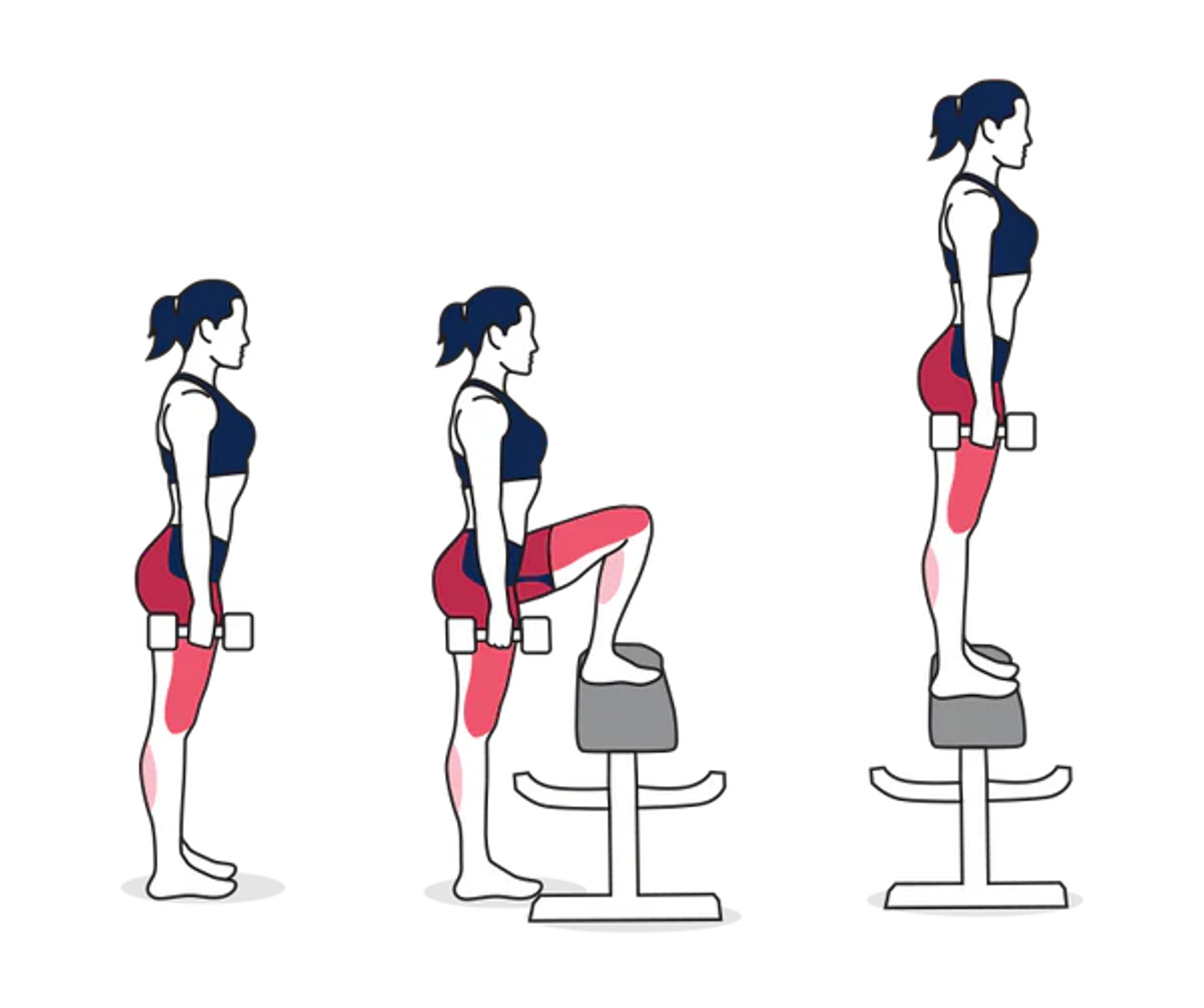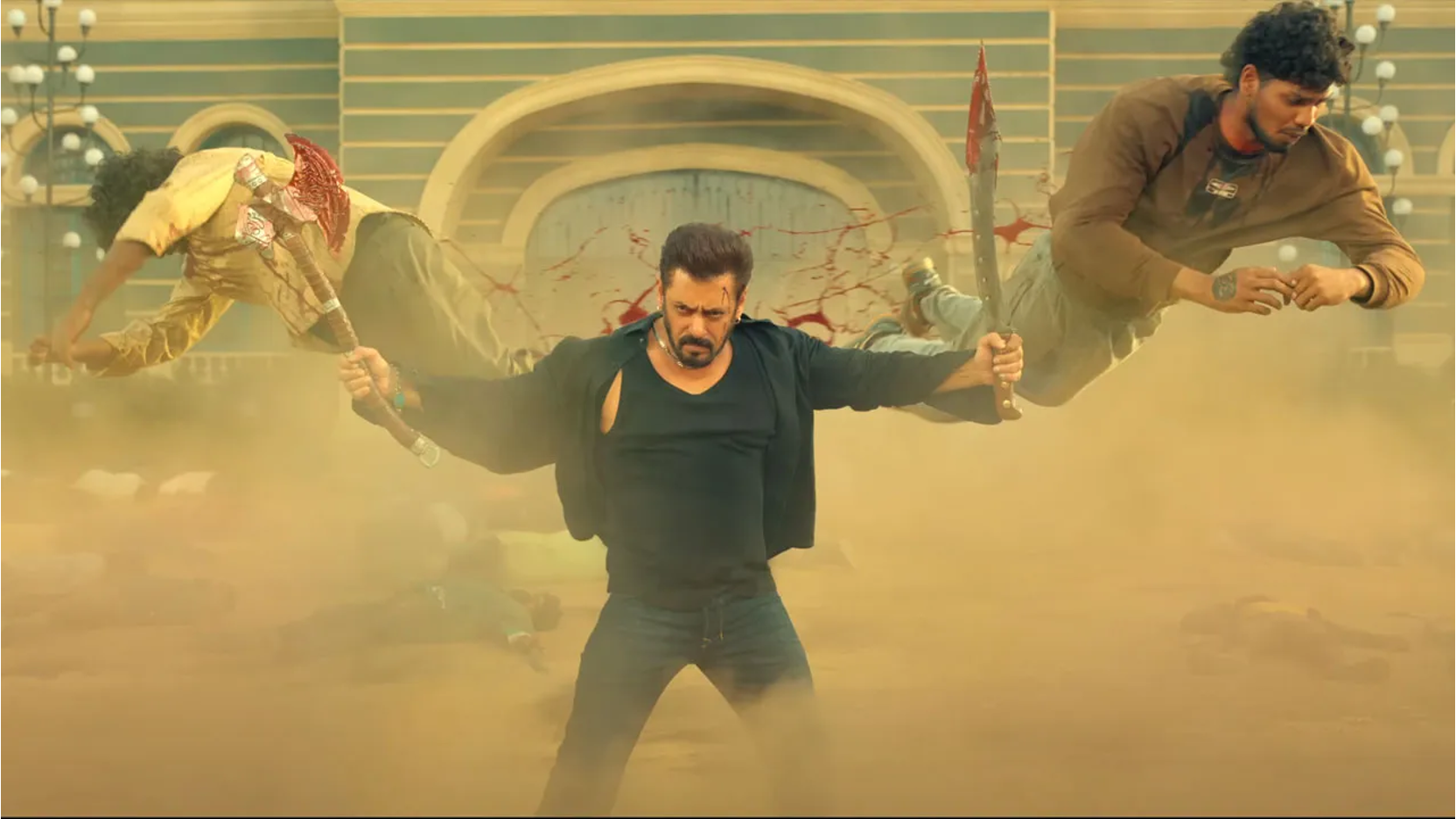Key Takeaways
- Step ups rock for functional strength while Bulgarian split squats are muscle-building monsters, especially for your glutes and quads.
- Step ups are way easier for beginners and people with cranky knees—you don't need crazy balance or flexibility.
- Bulgarian split squats hit harder with deeper range of motion, which means potentially better strength gains.
- Both exercises fix those annoying strength differences between your left and right legs.
- SOLE adjustable dumbbells provide the perfect progressive loading system for both exercises.
Why Choose Between Step Ups and Bulgarian Split Squats?
If you've been scratching your head about which single-leg exercise to do, join the club. Step ups and Bulgarian split squats both build killer legs, but they get the job done differently. It all comes down to what you want, what bugs you, and what you actually like doing.
Single-leg training beats regular squats at some things. When you work one leg at a time, you can't cheat; your weak side has to pull its weight. Plus, you challenge your balance in ways that actually help in real life and sports.
What's cool about both exercises? They're crazy versatile. No gym? No problem. Do them with just body weight in your living room. Want to go heavy? Load them up with dumbbells, kettlebells, or a barbell. They work for everyone from rehab patients to pro athletes.
|
At SOLE, we're proud to offer top-quality exercise equipment designed for home and gym use. Our machines are built to meet the highest standards of durability and performance, making them ideal for fitness enthusiasts at any level. SOLE Products
|
Step Ups: Form and Function
Step ups are basically stair climbing on steroids. Every time you climb stairs, hike a trail, or hop onto something, you're doing a step up. This exercise takes that everyday movement and turns it into a legit strength builder. (Image courtesy of Inspire US)
Proper Step Up Technique
To perform a step up correctly, start by standing in front of a sturdy bench, box, or platform. The height should allow your knee to bend at approximately 90 degrees when your foot is placed on top. Place your entire foot on the platform, keeping your chest up and core engaged. Push through your heel to straighten your leg and lift your body up until both feet are on the platform.
You’ll want to drive through the heel of the stepping leg, minimizing the push from your trailing leg. Step back down with control and repeat for the desired number of repetitions before switching legs.
Primary Muscles Worked
Step ups hammer your quads, especially that teardrop muscle on the inside (vastus medialis) that keeps your knee happy. Your glutes work their butts off too, both the big gluteus maximus and the side glute (medius). What makes step ups special is how they hit these muscles in a real-world position that actually helps you move better.
Here's a pro tip: step height changes everything. Low steps blast your quads. High steps shift the party to your glutes and hamstrings. You can customize them based on what you want to work.
Secondary Muscle Activation
Step ups are team players; they get everyone involved. Your hamstrings lock down to stabilize your knee. Your calves help push and control the descent. Your core (abs and obliques) fires up to keep you from tipping over.
But here's the really cool part: step ups wake up all those little stabilizer muscles around your ankles, knees, and hips. These guys usually sleep through regular squats, but they're crucial for keeping your joints healthy. Regular step ups strengthen these stabilizers, which means fewer tweaks and injuries down the road.
Bulgarian Split Squats Explained
Bulgarian split squats take single-leg training and crank it up to 11. By putting your back foot up on something, you totally change the game. (Image courtesy of Men’s Health)
Correct Form
Set yourself up in a split stance with your back foot propped on a bench, step, or squat stand. Your front foot needs to be far enough forward so when you drop down, your knee bends about 90 degrees without shooting past your toes. Stand tall, brace your core, and keep your shoulders square.
Lower yourself by bending your front knee, keeping most of your weight on the heel and middle of your front foot. Go down until your back knee almost kisses the ground, then drive through your front foot to stand back up.
The biggest way to screw-up is by putting your front foot too close to the bench. This shoots your knee way forward and beats up your joint. Take time to find your sweet spot, everyone's different. At the bottom, your shin should stay pretty vertical. This maxes out glute and hamstring work while being nice to your knee.
Main Muscles Targeted
Bulgarian split squats absolutely torch your quads, especially on the way down. The elevated back foot creates more hip range of motion, which means your glutes get destroyed (in a good way).
Your hamstrings work through the whole movement, stabilizing your knee and helping extend your hip on the way up.
What's killer about Bulgarian split squats is the constant tension. Unlike step ups where tension comes and goes, Bulgarian split squats keep your muscles under load from start to finish. This nonstop tension is gold for building muscle and endurance.
Stabilizer Engagement
The balance challenge of Bulgarian split squats turns on every stabilizer you've got. Your hip muscles work overtime to stop you from wobbling side to side. Your ankle stabilizers never get a break. Even your upper body joins the party: your back and core muscles fight to keep you upright against all those twisting forces.
This explains why Bulgarian split squats feel so brutal even with light weight. Your nervous system goes into overdrive coordinating all these muscles. You're not just building muscle, you're teaching your body to move better.
Benefits of Step Ups
Step ups pack a bunch of perks that make them worth doing. They might look basic, but they build real strength that actually helps you outside the gym. (Image courtesy of Inspire US)
Functional Movement Pattern
Step ups win big for real-world carryover. Unlike some gym exercises that only work in the gym, step ups mirror stuff you do all the time. This makes them gold for older folks who want to stay independent and athletes who need to step, climb, or change levels quickly in their sport.
The movement also teaches you how to shift your weight properly and control your body. By working one leg at a time, step ups fix that annoying habit of favoring your strong side. Over time, you build more balanced strength.
Balance Enhancement
Step ups challenge your balance without being scary about it. Every rep forces you to balance on one leg as you move from floor to platform. Add weight or go higher, and the balance challenge increases naturally.
The balance gains don't stay in the gym. People who do step ups regularly say they feel more stable hiking on rough trails, walking through crowds, or doing other exercises. For older adults, better balance means fewer falls, which is a huge deal for staying healthy.
Unilateral Training Advantages
Working one leg at a time beats bilateral moves for certain things. Single-leg work like step ups reveals strength differences between sides that regular squats hide. Your strong side can't cover for your weak side anymore. This balanced development cuts injury risk and makes you move better overall.
Step ups also make your core work harder than many bilateral exercises. Your abs have to fire more to stop rotation and keep you aligned when you load one side. This builds functional core strength that helps with other exercises and daily life.
Knee-Friendly Option
Got grumpy knees? Step ups often feel better than deep squats. You control the range of motion by picking your step height, challenging your muscles without aggravating your joints. When you do step ups right, your shin stays vertical, which means less stress on your knee compared to exercises where your knee travels way forward.
You can easily adjust step height to work around different injuries and mobility issues. That's why physical therapists love step ups for rehab: they meet patients exactly where they are.
Bulgarian Split Squat Benefits
Bulgarian split squats bring their own special sauce to leg training. The weird position creates crazy muscle activation while challenging your stability everywhere. (Image courtesy of Men’s Health)
Hip Mobility Improvement
Bulgarian split squats deliver an awesome hip flexor stretch on your back leg. This fights the hip tightness that plagues desk workers. Keep doing them, and your hips get more mobile, which often helps with back pain and posture.
The movement also demands good ankle flexibility in your front leg, improving your dorsiflexion over time. Better mobility means better performance in other exercises and less chance of developing wonky movement patterns that lead to injuries.
Strength Imbalance Correction
Bulgarian split squats are brutal at exposing strength differences between legs. The elevated back foot makes your front leg do almost all the work. You'll quickly discover if one leg is weaker.
The fix happens automatically. Your weak leg has to match what your strong leg does, gradually closing the gap. Athletes love this because many sports injuries come from side-to-side imbalances that cause problems when you're tired.
Glute Activation Power
Few exercises torch your glutes like Bulgarian split squats. The deep stretch creates perfect conditions for maximum glute work, especially when you go deep. Your glutes work through their full range, from stretched out to fully squeezed, which is exactly what you need for growth and strength.
Want a better butt? Bulgarian split squats deserve a starring role in your program. They hit your main glute muscle while also working the smaller side glutes, giving you complete development.
Athletic Performance Boost
Bulgarian split squats build the exact strength you need for sports. The single-leg nature matches the force production needed for running, jumping, and cutting, stuff that happens in almost every sport. The stability demands also train your body awareness and control during explosive movements.
Strength coaches love Bulgarian split squats because they don't just build raw strength, they build athletic strength. The combo of mobility, stability, and power makes them perfect for athletes.
Transform Your Single-Leg Training with SOLE Premium Equipment
Want to nail both step ups and Bulgarian split squats without a gym membership? You've got everything you need with SOLE's home fitness gear.
The SW155 and SW180 Adjustable Dumbbells are perfect for either exercise. Their balanced weight distribution keeps you stable during those wobbly Bulgarian split squats, while the quick-adjust system lets you instantly drop the weight if your weaker leg needs a lighter load.
What makes SOLE dumbbells ideal for single-leg work is how it adapts to your progression. Starting with body weight? Perfect. Ready to add 10 pounds? Just turn the dial. Need to go heavier on your strong leg? No problem, adjust in seconds without hunting for different dumbbells. The ergonomic handles give you a secure grip even when your balance gets challenged, which is huge for maintaining proper form during these technical movements.
For step ups, you might want to grab the SOLE Equipment Mat to protect your floors and create a stable base. Its non-slip surface gives you confidence on the takeoff, especially when you're pushing hard through that front heel. Plus, it defines your workout space so you're not worried about slipping or damaging your floors.
The SOLE+ App guides you through both exercises with perfect form cues and progression strategies. You'll learn exactly how to set up for each movement, common mistakes to avoid, and how to program them into your routine for maximum results.
Frequently Asked Questions (FAQs)
Which exercise burns more calories?
Bulgarian split squats usually burn slightly more calories per set. The extra stability demands, longer tension time, and deeper range create higher energy demands. But step ups done faster or with a higher box can close the gap. For maximum calorie burn, try both in a circuit with minimal rest. Ultimately, total work (sets × reps × weight) matters more than which exercise you pick.
Can beginners perform these exercises safely?
Absolutely! Beginners should start smart. For step ups, use a lower platform (6–12 inches) and nail the form before going higher or adding weight. Focus on driving through your heel without pushing off the back leg. For Bulgarian split squats, start bodyweight only with a low back foot elevation. Maybe hold something for balance until you get stable. Film yourself or get coaching to catch form issues early. Always prioritize technique over weight.
How often should I include these in my routine?
Do each exercise 1–2 times per week with at least 48 hours between similar sessions. This gives enough stimulus for growth while allowing recovery. Advanced lifters might do both in the same week but on different days (like step ups Monday, Bulgarian split squats Thursday).
Match volume to your experience and recovery. Beginners might start with 2–3 sets per exercise. Advanced lifters could do 4–5 sets based on intensity. If you're constantly sore or performance drops, you need more recovery time.
Do I need special equipment for these exercises?
Both exercises work with basic equipment. For step ups, any stable platform works—plyo boxes are ideal, but benches, aerobic steps, or stairs work too. Bulgarian split squats need something to elevate your back foot, usually 12–24 inches high. A bench, step, or even a couch works.
While bodyweight versions work, having dumbbells, kettlebells, or a barbell lets you progress as you get stronger. Resistance bands offer another option, especially for home workouts.
What SOLE equipment works best for step ups and Bulgarian split squats?
You'll definitely want the SW180 or SW155 Adjustable Dumbbells for these exercises. Both step ups and Bulgarian split squats often reveal strength differences between your legs, and SOLE’s adjustable system lets you use different weights for each leg without needing multiple dumbbell pairs. The SW180 gives you the full range from 5–80 pounds if you're really strong or planning to get there, while the SW155 (10–55 pounds) covers most people perfectly for single-leg work.
The balanced construction is especially important for Bulgarian split squats where any wobbling in the weights makes an already challenging exercise nearly impossible. Plus, the quick-adjust feature means you can fine-tune the weight between sets, super helpful when you're finding that sweet spot between too easy and too hard.







Leave a comment
This site is protected by hCaptcha and the hCaptcha Privacy Policy and Terms of Service apply.